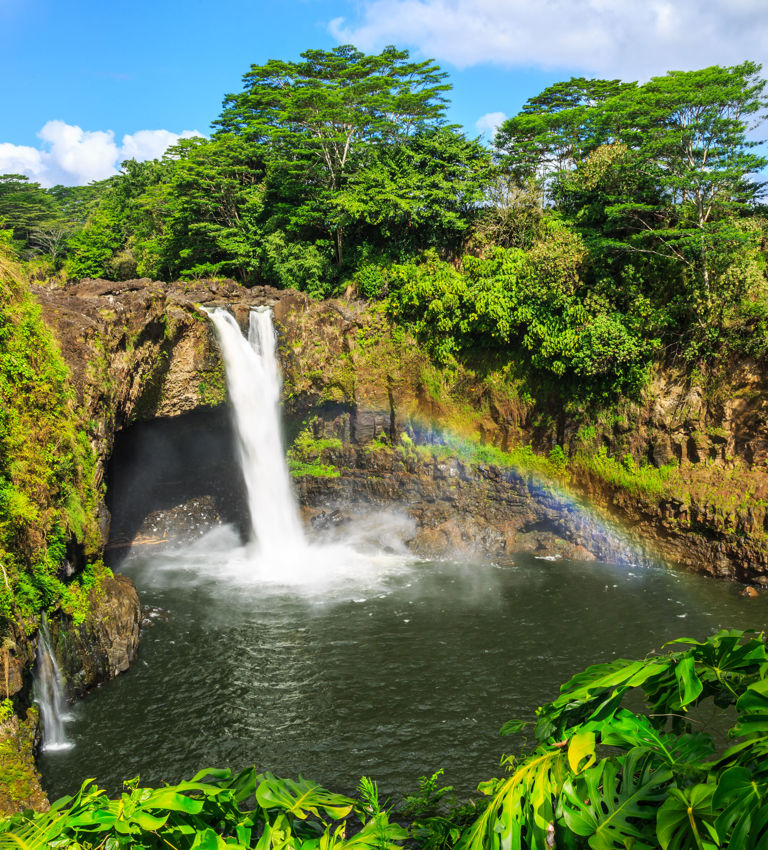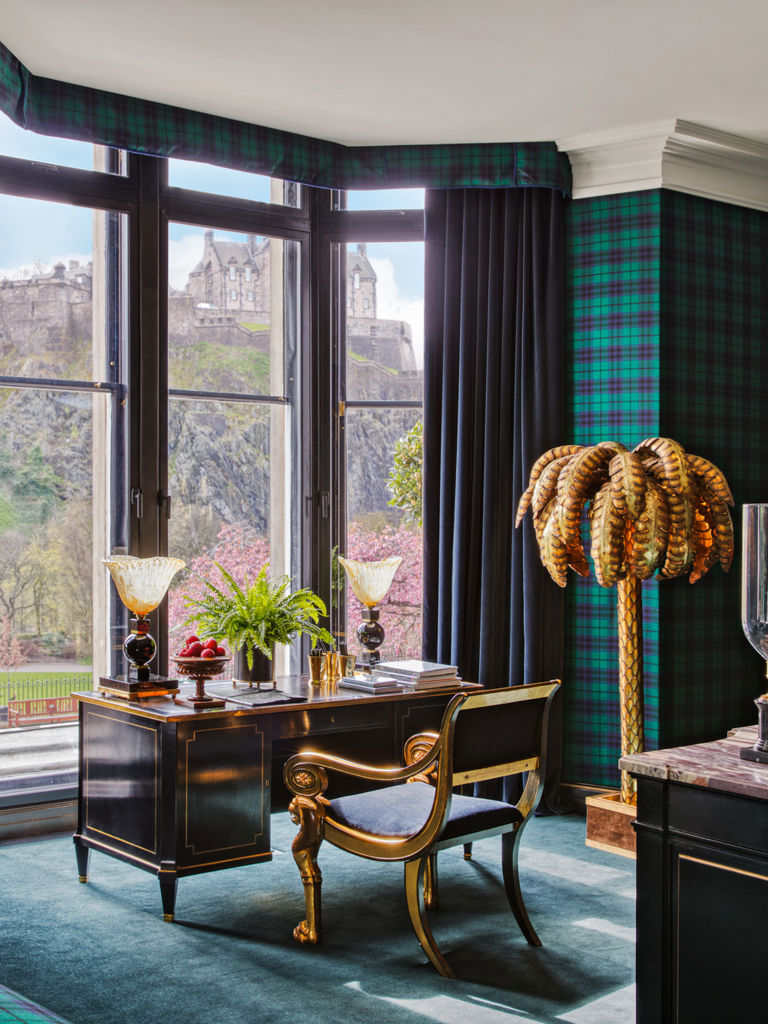
A History of Archibald Menzies
Historian Jo Woolf explores the history of Achibald Menzies, a botanist who sailed around the world in search of new and exciting plant species.

Historian Jo Woolf explores the history of Achibald Menzies, a botanist who sailed around the world in search of new and exciting plant species.
Learn more about our luxurious 100 Princes Street Signature Suite, overlooking Edinburgh Castle and incorporating the history of Archibald Menzies.
Discover more